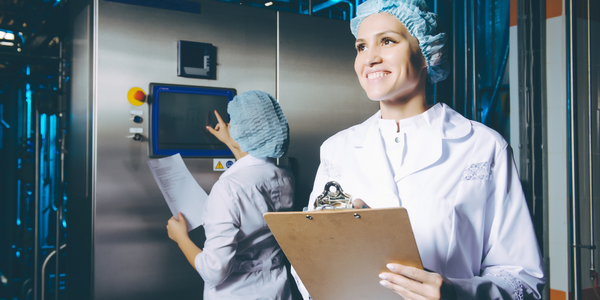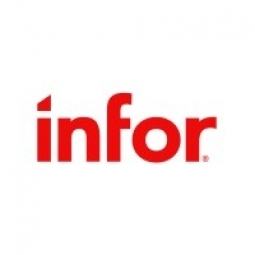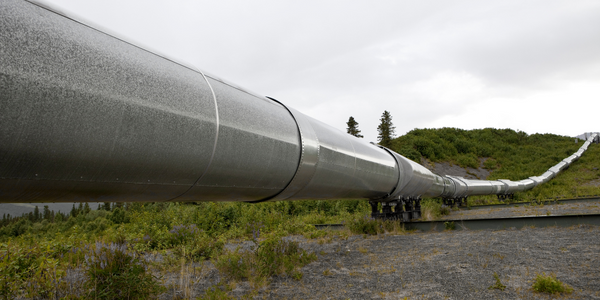Customer Company Size
Large Corporate
Country
- Worldwide
Product
- Birst
Tech Stack
- Cloud-architected BI platform
Implementation Scale
- Enterprise-wide Deployment
Impact Metrics
- Productivity Improvements
- Digital Expertise
Technology Category
- Analytics & Modeling - Real Time Analytics
Applicable Functions
- Business Operation
Use Cases
- Predictive Quality Analytics
- Remote Asset Management
Services
- Cloud Planning, Design & Implementation Services
About The Customer
The Global Energy Management Company operates in more than 100 countries and offers integrated energy solutions, including solar storage solutions, industrial automation and control, grid automation and residential solutions. As the company grew through mergers and acquisitions, data became siloed across more than 200 disparate systems. The business units wanted self-service and had deployed desktop solutions, but IT had no control over the data silos that resulted.
The Challenge
As the business units of the Global Energy Management Company grew, they became frustrated with reporting latency while waiting on central IT and Oracle BI. In response, they deployed desktop discovery solutions for self-service analytics. However, these analytic silos created a rift between business and IT. The Company saw an opportunity to modernize BI, heal the rift with the business units by delivering true self-service, and leapfrog competition in a commodities market. The technical challenges included a rapid go-live requirement in a highly-complex environment against 200+ data sources, a global M&A agenda that would drive further data complexity, and requirements for true self-service with centralized governance.
The Solution
The Company chose Birst, a cloud-architected BI platform, to modernize their BI. This platform allowed the Company to go live quickly, add new data sources, stand-up acquired businesses, and maintain consistent data – something Oracle BI could not do without tremendous latency. Birst delivers agility with governance to fit both business and IT requirements that Oracle BI failed to deliver. The implementation of Birst was completed in less than 2 months.
Operational Impact
Quantitative Benefit

Case Study missing?
Start adding your own!
Register with your work email and create a new case study profile for your business.
Related Case Studies.
.png)
Case Study
Improving Vending Machine Profitability with the Internet of Things (IoT)
The vending industry is undergoing a sea change, taking advantage of new technologies to go beyond just delivering snacks to creating a new retail location. Intelligent vending machines can be found in many public locations as well as company facilities, selling different types of goods and services, including even computer accessories, gold bars, tickets, and office supplies. With increasing sophistication, they may also provide time- and location-based data pertaining to sales, inventory, and customer preferences. But at the end of the day, vending machine operators know greater profitability is driven by higher sales and lower operating costs.

Case Study
Remote Wellhead Monitoring
Each wellhead was equipped with various sensors and meters that needed to be monitored and controlled from a central HMI, often miles away from the assets in the field. Redundant solar and wind generators were installed at each wellhead to support the electrical needs of the pumpstations, temperature meters, cameras, and cellular modules. In addition to asset management and remote control capabilities, data logging for remote surveillance and alarm notifications was a key demand from the customer. Terra Ferma’s solution needed to be power efficient, reliable, and capable of supporting high-bandwidth data-feeds. They needed a multi-link cellular connection to a central server that sustained reliable and redundant monitoring and control of flow meters, temperature sensors, power supply, and event-logging; including video and image files. This open-standard network needed to interface with the existing SCADA and proprietary network management software.

Case Study
Driving Digital Transformations for Vitro Diagnostic Medical Devices
Diagnostic devices play a vital role in helping to improve healthcare delivery. In fact, an estimated 60 percent of the world’s medical decisions are made with support from in vitrodiagnostics (IVD) solutions, such as those provided by Roche Diagnostics, an industry leader. As the demand for medical diagnostic services grows rapidly in hospitals and clinics across China, so does the market for IVD solutions. In addition, the typically high cost of these diagnostic devices means that comprehensive post-sales services are needed. Wanteed to improve three portions of thr IVD:1. Remotely monitor and manage IVD devices as fixed assets.2. Optimizing device availability with predictive maintenance.3. Recommending the best IVD solution for a customer’s needs.

Case Study
Marine and Industrial Displays by Caterpillar
Caterpillar needed a flexible platform for a new generation of connected human-machine interfaces across a wide variety of industrial environments. Examples include marine, petroleum pumping, generators, custom hydraulics, mining, and rail applications.









